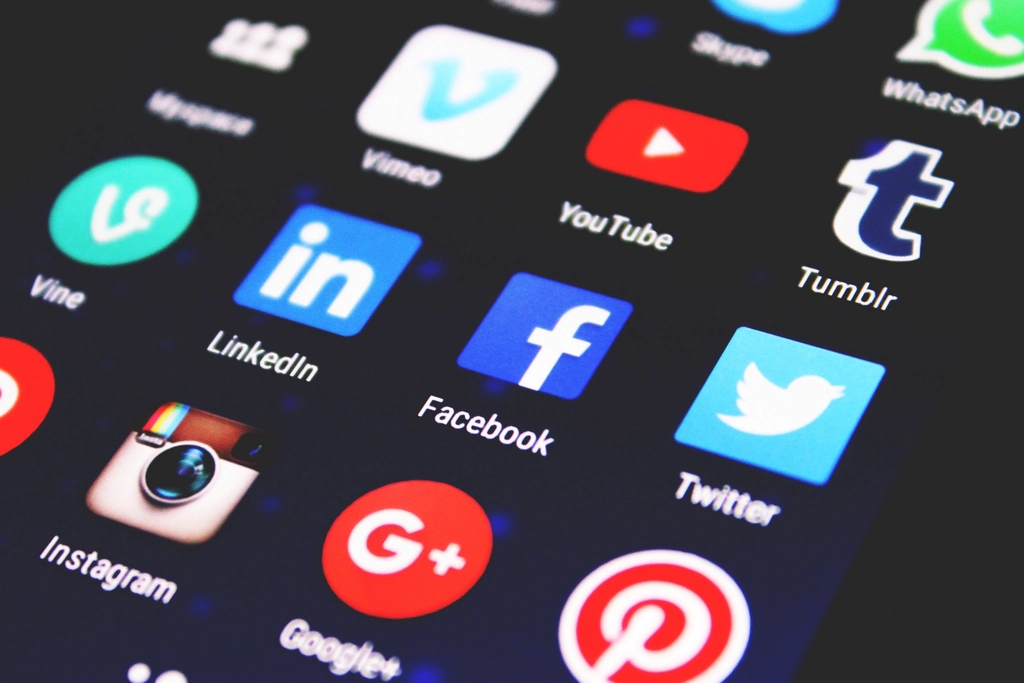The latest craze in digital marketing is not just a trend, but rather a transcendence into an entirely new dimension.

OVERVIEW:
CGI: COMPUTER GENERATED IMAGERY
CGI is revolutionising the way brands can interact and connect with consumers, offering an immersive experience that goes far beyond the traditional paradigm.This technology changed the playbook of both traditional and digital marketing strategies by providing boundless opportunities for marketers to disrupt society and captivate consumers.
OPPORTUNITIES OF CGI:
- Elevated storytelling: CGI can create captivating narratives and fantasies that resonate with consumers, making the brand’s story more compelling and memorable.
- Turning imagination into reality: With CGI, brands can bring their wildest ideas to life, creating visually striking content that leaves a lasting impact on consumers.
- Cost and resource efficient: Ability to produce large scale campaigns in a visually stunning and financially feasible reality for brands.
Despite existing solely in the virtual environment, CGI campaigns have the capacity to foster an undeniable sense of connection and immersion, capturing the attention of consumers across various platforms.
Immersive video content has quickly emerged as a key ingredient for successful digital marketing campaigns, with platforms like TikTok, and Instagram reels dominating the digital marketing spheres. CGI campaigns have taken this to the next level, captivating audiences and challenging consumer perceptions with their visually stunning and engaging experiences.
CGI is a powerful tool that can fully immerse consumers in the product environment. This provides an elevated storytelling experience, capturing the imagination of consumers and turning what was once impossible into a visually stunning and financially feasible reality for brands.

Creative use of CGI campaigns have repeatedly gone viral in the last year.
The luxury fashion brand Jacquemus sent the internet into a spiral when their Bambino Bags were captured driving through the streets of Paris. Further, high-street make-up and beauty brand Maybelline took over London transport lines with their disruptive mascara campaign.
Despite existing solely in the virtual environment, CGI campaigns have the capacity to foster an undeniable sense of connection and immersion, capturing the attention of consumers across various platforms.
CHANGING THE MARKETING PLAYBOOK
CGI campaigns are not merely pushing the boundaries of the digital realm; they are breathing new life into traditional marketing methods.
- Billboards and bus advertisements: Once considered relics of old-school marketing, are undergoing a revival in the digital age. Moving beyond static prints, bus advertisements are evolving into interactive experiences, capturing attention in innovative ways and engaging consumers on the go. Further, CGI enables marketers to transform static billboards into dynamic digital canvases, adapting content in real-time to deliver tailored messages to consumers.
This fusion of digital and traditional marketing is about pushing boundaries and exploring new dimensions. Marketers are leveraging CGI to infuse creativity and innovation into once-static campaigns, offering a fresh perspective that resonates with today’s fast-paced consumers.The marriage of digital and traditional marketing creates a creative synergy that has the capacity to transform markets and consumer decisions.
The rise of CGI campaigns has undoubtedly opened doors to a new dimension in digital marketing. From luxury fashion to high-street beauty brands, CGI’s ability to create adaptive and immersive content is clearly captivating and engaging consumers in a new way. CGI has the power to defy reality and challenge consumer perceptions. However, this does not come without its dangers.

However, as CGI opens doors to new dimensions there has been ethical concerns raised.
The lack of physical presence in solely virtual campaigns can alienate consumers, minimising the human aspect of marketing. Further, the uncanny valley effect is an emerging challenge for CGI and other AI generated content.
Imagine seamless CGI blending in with the reality, leaving consumers scratching their heads trying to figure out what’s actual and what’s computerised. The important question for marketers using CGI activations is – does the audience think this is real? If consumers can’t tell if it’s CGI or real life, things might get a bit more complicated for this emerging trend. Trust might take a hit, with consumers growing sceptical of brands.
Striking a balance between the CGI wow-factor and real-life consumer expectations is key.
As we navigate the uncharted waters of this CGI-driven revolution, marketers must tread carefully, balancing the awe-inspiring capabilities of this technology with the ethical considerations that arise.This journey into a new dimension is both exciting and challenging, offering limitless opportunities for innovation while demanding a mindful approach to its potential harms.
